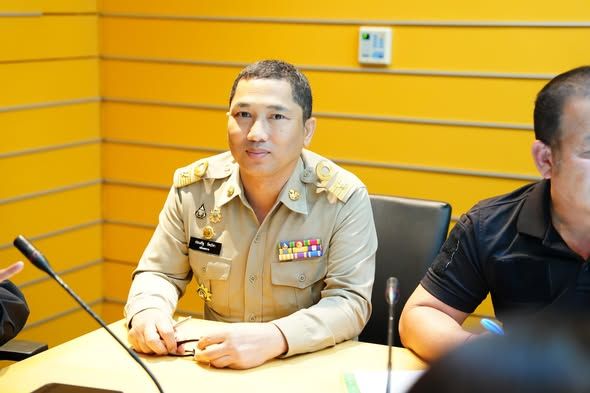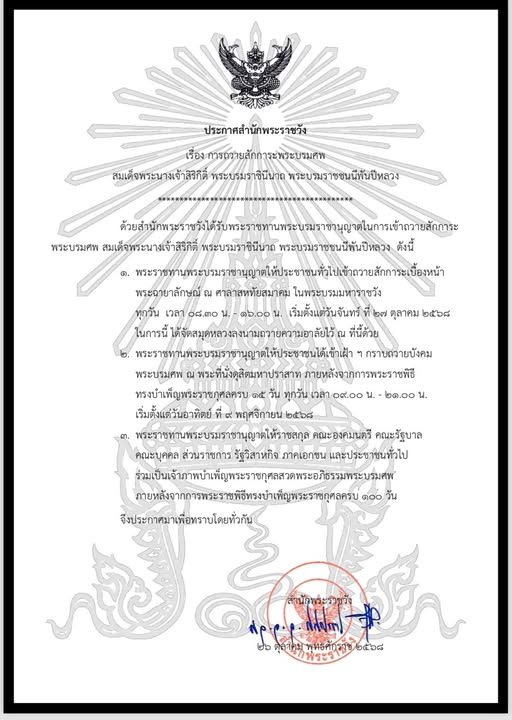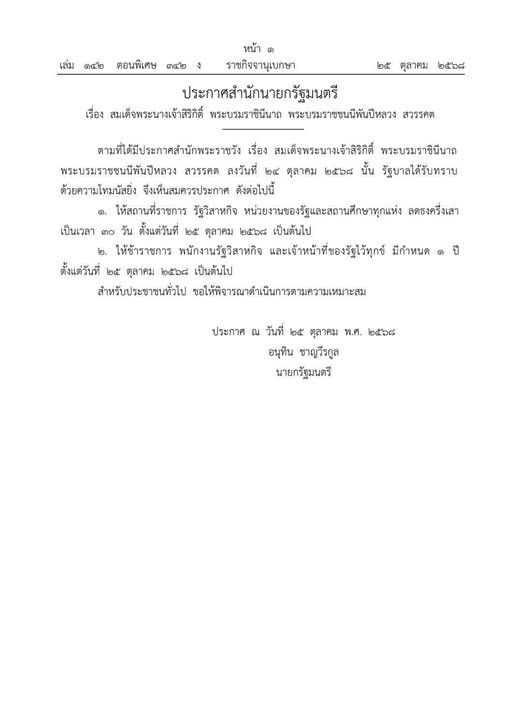🌴 Hat Nappharat Thara-Mu Ko Phi Phi National Park in Krabi, Thailand has become the country’s most profitable national park, bringing in an impressive 270 million baht in revenue. With its innovative e-ticket system and enhanced facilities, the park promises an unforgettable experience for visitors, solidifying its position as the leading marine national park in the country. 🌊🌞
Krabi #Thailand #NationalPark #HatNappharatTharaMuKoPhiPhi #Tourism #MarineLife #BeachDestination #TravelGram
Krabi’s Hat Nappharat Thara-Mu Ko Phi Phi National Park, a crown jewel in Thailand’s diverse array of national parks, saw an impressive surge in its annual revenue, surpassing 270 million baht. This financial victory has placed it in the prominent position of the highest-earning national park throughout the country.
Thailand’s Tourist Season: A Gateway to Prosperity
Thailand’s high tourist season, which commences next month, plays a significant role in the park’s revenue hike. Ratchanok Paenoi, the park chief, shared that it has solidified its position as the top destination among marine national parks this year. From October of the preceding year up until last month, the park accrued an impressive 276 million baht from entry fees, catered to 1.1 million visitors. This demonstrates a significant increase from the 72.5 million baht of revenue generated during the same timeframe last year.
E-ticket System: A Catalyst for Revenue Increase
A noteworthy contributor to this revenue increase is the park’s e-ticket system. The park chief, Ms. Ratchanok, stated that the entry fee collected through this digital system saw a 46% rise last month. This innovative application of technology has undoubtedly enhanced the park’s operational efficiency and revenue generation.
Better Facilities for a Better Tourist Experience
In addition to revenue generation, the park administration has made strides in enhancing tourist facilities. These improvements include a bathroom renovation in Maya Bay, the installation of mooring buoys on coastal areas for docking ships, and better beach area management. These efforts align with the park’s mission to offer its visitors an enjoyable and memorable experience.
A Bright Future for the Park and Thailand’s Tourism
Looking ahead, the park is expected to witness even higher visitor numbers during this year’s high tourist season. Furthermore, marine national parks along the Andaman coast are also projected to see a surge in visitor numbers compared to the previous year.
To underscore Thailand’s global appeal as a tourist destination, Deputy Prime Minister and Natural Resource and Environment Minister Phatcharavat Wongsuwan announced that five parks in Thailand made it to the World Beach Guide’s list of the top 100 best beaches worldwide this year. This ranking further burnishes Thailand’s reputation as a must-visit destination for beach lovers and nature aficionados alike.
Frequently Asked Questions
How is Hat Nappharat Thara-Mu Ko Phi Phi National Park contributing to Thailand’s Tourism revenue?
Hat Nappharat Thara-Mu Ko Phi Phi National Park in Krabi, Thailand has become the country’s most profitable national park, bringing in around 270 million baht in annual revenue. The high tourist season, which starts next month, significantly contributes to this revenue hike. From October of the previous year up until last month, the park brought in an impressive 276 million baht from entry fees and catered to 1.1 million visitors.
What role does technology play in the revenue increase of Hat Nappharat Thara-Mu Ko Phi Phi National Park?
The park’s e-ticket system has played a significant role in its increased revenue. The entry fee collected through this digital system saw a 46% rise last month. This innovative use of technology has enhanced the park’s operational efficiency and revenue generation.
In what ways has the park administration improved the tourist experience in Hat Nappharat Thara-Mu Ko Phi Phi National Park?
The park administration has focused on enhancing tourist facilities to improve the visitor experience. These improvements include a bathroom renovation in Maya Bay, the installation of mooring buoys on coastal areas for docking ships, and better beach area management. These efforts align with the park’s mission to offer its visitors an enjoyable and memorable experience.




